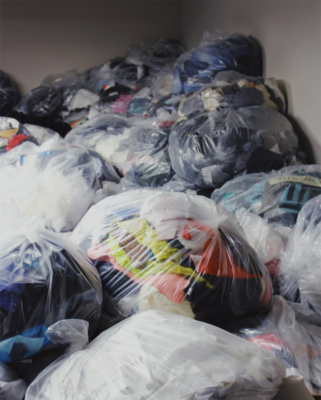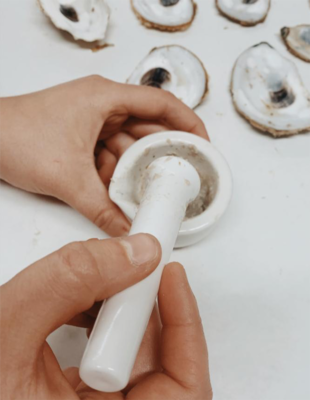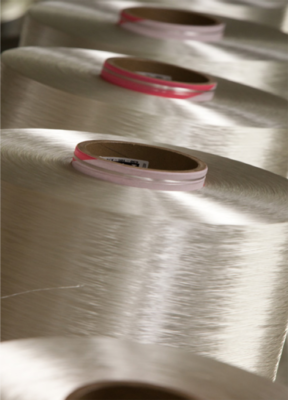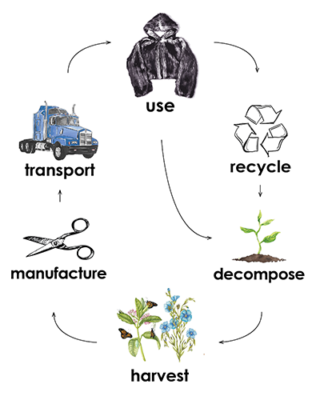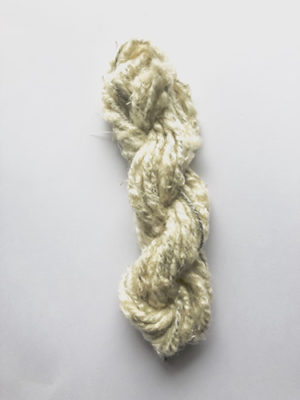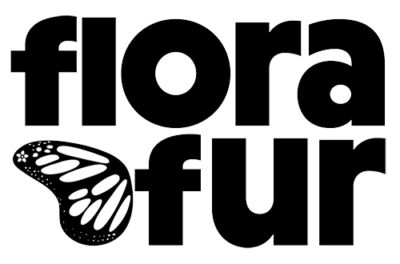#FashionAlert #Style #Fashion @FIT #BiodesignChallenge Using Biodesign, Students Invent Sustainable TextilesOur Coverage Sponsored by Hallak Cleaners the Couture Cleaner @hallakcleaners @hallakcouturecleaner
For over fifty years, Hallak Cleaners the Couture Cleaner has been entrusted with Manhattan’s finest wardrobes. New York’s fashion boutiques have been recommending Hallak to their loyal customers for years. They understand the importance of quality fabric care and protecting their client’s investment. While Hallak is known for their expert handling of couture and other precious items, they also make it a point to give your more casual garments the same level of attention. Their representatives are always on the look out for the hard-to-notice stains, loose seams, missing buttons, etc. You can trust Hallak Cleaners with your entire wardrobe and then some. A sample of some of their specialized services:
Tables & Bed Linens
Suede, Leather & Furs
Couture & Casual Wear
Custom Interior Services
Expert tailoring department located at both locations.
Complimentary Pick Up and Delivery Service 6 Days a Week.
Hallak Cleaners
1232 Second Avenue (near 65th)
New York, NY 10065
If you have any questions or would like to schedule a pick up, please feel free to email us at info@hallak.com
***
FIT tells Whom You Know:
What if our world’s most pressing environmental crises could be solved by looking to nature? The Biodesign Challenge, now in its fourth year, was founded to encourage undergraduate research into biologically inspired fibers and other materials. A team from FIT won the first Biodesign Challenge, in 2016; that team, now a company called AlgiKnit, recently finalized a round of venture capital funding totaling $2.2 million.
On June 20 and 21 in New York, student teams from 34 colleges and universities around the world, including Harvard and the University of Pennsylvania, presented concepts and research that could pave the way to a more sustainable future.
Two teams from FIT presented their work. Team EcoLastane, which is developing a biodegradable alternative to spandex, was a finalist for the top prize and a competitor for the ORTA Prize for Bioinspired Textile Processes. Team Flora Fur, which is designing a petroleum-free vegan fur from milkweed fluff and other natural materials, won the Stella McCartney Prize for Sustainable Fashion.
Team EcoLastane—Fashion Design students Mitchell Henderson, Daniella Koller, and Monica Palucci—came up with the idea for a spandex alternative in an interdisciplinary course called Designing with Emerging Materials. The course, team-taught by Susanne Goetz, associate professor of Textile/Surface Design, and Theanne Schiros, assistant professor of Science and Math, teaches students materials science and encourages them to undertake original research to develop new materials. When Palucci learned that spandex woven into fabric makes it impossible to recycle and that it’s present in 80 percent of clothing, she and her team members looked to nature for an alternative.
“I’m doing a minor in Ethics and Sustainability, and some of the classes are really depressing,” Palucci said. The Designing with Emerging Materials class “is really hopeful—there are so many possibilities.”
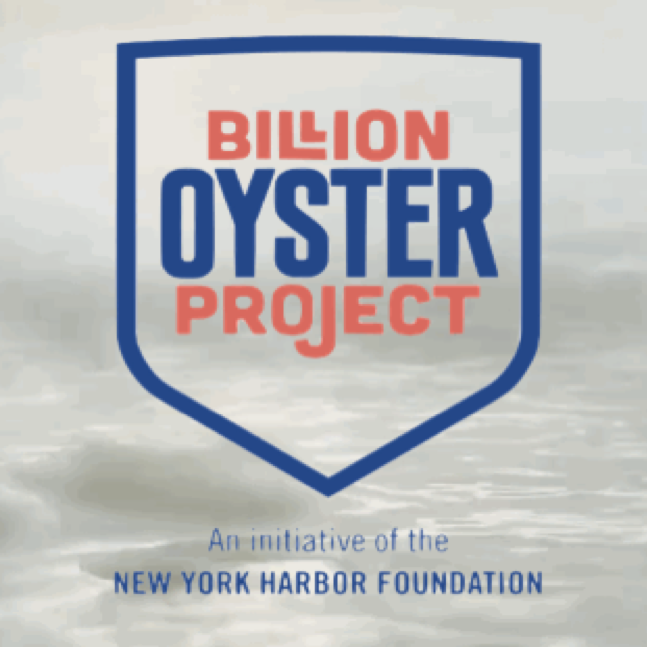
Elastin is a protein that allows for stretch and recovery in skin, connective tissue, and blood vessels. It’s also present in high concentration in the adductor muscles of oysters—an inedible component of the oyster. Restaurants throughout New York were already collecting oyster shells for the Billion Oyster Project, which uses them to create oyster reefs in New York Harbor: Each shell becomes a home for 10 to 20 oyster larvae. Team EcoLastane borrowed shells to harvest the adductor muscles, then ground up those muscles to isolate the elastin. Using a common enzyme, they created strands of elastin. Unfortunately, it wasn’t very strong. Next, they purified the elastin using sodium hydroxide and were able to isolate a small amount, which they will use to create a durable spandex-like fiber.
An estimated 80% of clothing in the United States contains at least 1% spandex.
The team extracted the adductor muscle from the oyster shells.
Clothing containing a little as 1% spandex fiber cannot be recycled.
Team Flora Fur—Isabella Bruski, Advertising and Marketing Communications, and Noah Silva, Fashion Business Management—was troubled by the environmental costs of faux fur, which is generally made from petroleum products and is therefore not biodegradable. They experimented with using the fluff from milkweed seeds, combined with flax fibers, to create a sustainable fur-like textile. As an added benefit, planting milkweed to produce this fiber would provide food for monarch butterflies, which feed on it as caterpillars.
The closed loop lifecycle of Flora Fur.
Milkweed coma is then spun with flax-derived linen to create a complex boucle yarn.
Flora Fur incorporated a monarch butterfly in their logo because monarch larvae feed exclusively on milkweed.
“FIT sits at the center of fashion innovation in New York City,” said Daniel Grushkin, founder and executive director of the Biodesign Challenge. “I would expect nothing less than major innovations in biomaterials coming from the school.”




















































